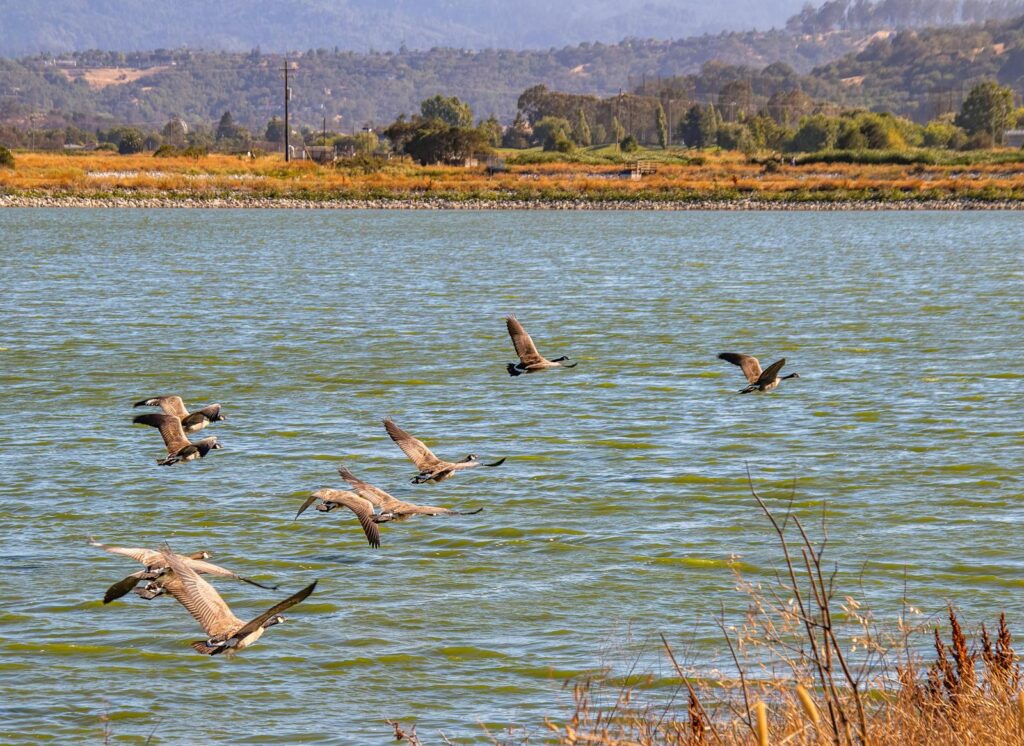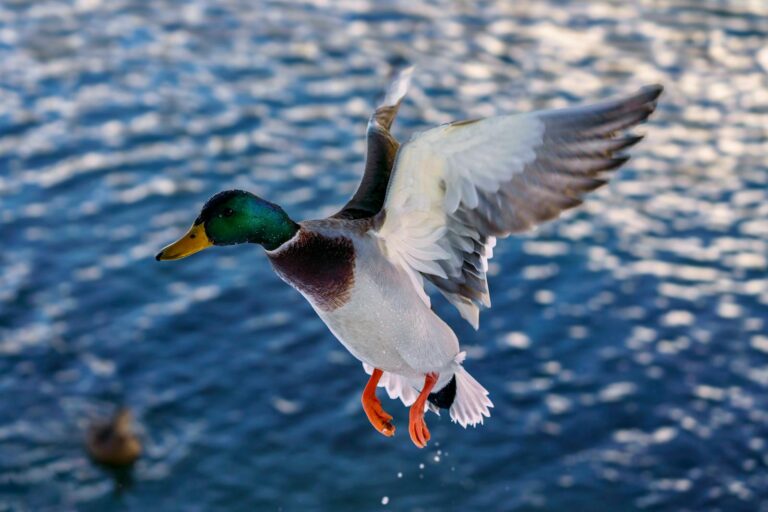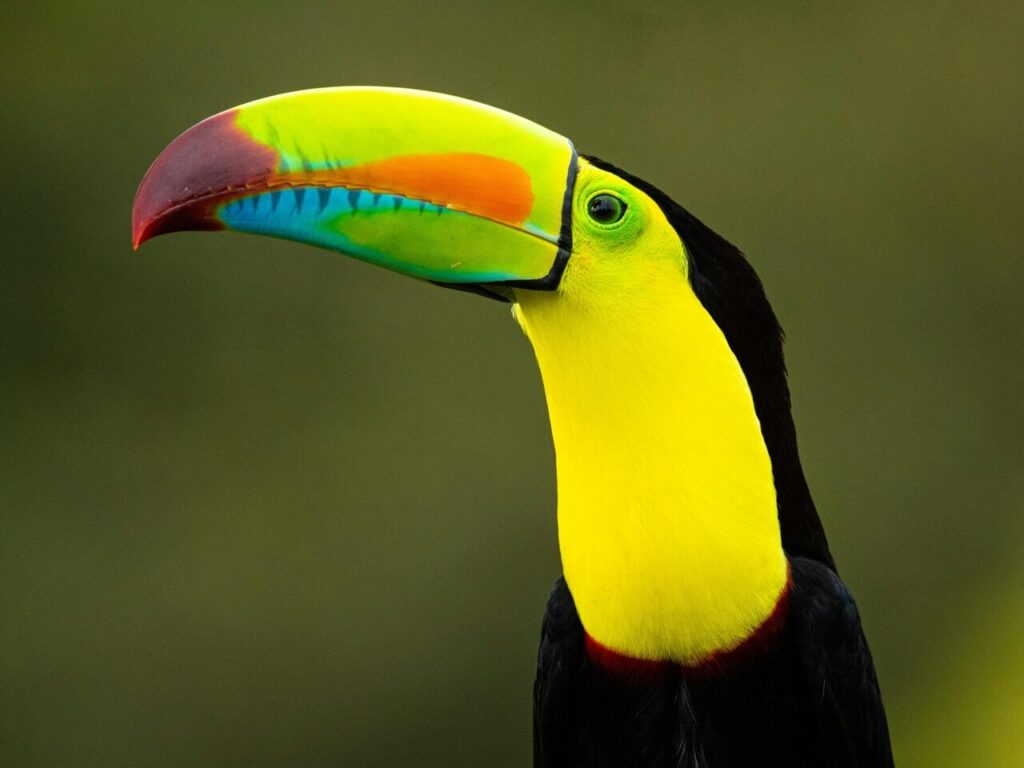Every year, millions of wild ducks embark on an awe-inspiring journey that spans continents and defies imagination. These remarkable birds, with their distinctive quacks and vibrant plumage, navigate vast distances across the globe in a spectacular display of nature’s ingenuity. Wild duck migration patterns have captivated scientists, birdwatchers, and nature enthusiasts for centuries, offering a window into the complex world of avian behavior and ecological interconnectedness.
The Flyways: Nature’s Aerial Highways
North American Flyways
Wild ducks in North America follow four main flyways during their migration: the Pacific, Central, Mississippi, and Atlantic Flyways. These aerial corridors serve as vital pathways for millions of ducks, including popular species like Mallards, Northern Pintails, and Wood Ducks.
Eurasian Flyways
In Eurasia, wild ducks traverse multiple flyways, including the East Atlantic, Black Sea/Mediterranean, and East Asia/Australasia Flyways. These routes connect breeding grounds in the Arctic with wintering areas in southern Europe, Africa, and Asia.
Timing is Everything: Seasonal Migration Patterns
Fall Migration: The Southern Journey
As autumn approaches, wild ducks begin their journey southward, typically between September and December. This migration is driven by several factors:
- Decreasing daylight
- Dropping temperatures
- Diminishing food sources
During this time, birdwatchers can witness spectacular gatherings of ducks at stopover sites, where the birds rest and refuel for the next leg of their journey.
Spring Migration: The Return North
The spring migration, occurring between February and May, sees ducks returning to their breeding grounds. This northward journey is characterized by:
- Increased urgency to reach nesting sites
- More direct flight paths
- Shorter stopover periods
Factors Influencing Wild Duck Migration Patterns
Several environmental and biological factors shape wild duck migration patterns:
Weather Conditions
Ducks are highly sensitive to weather changes. Strong tailwinds can propel them to cover vast distances in a single day, while harsh storms may force them to delay their journey or seek shelter.
Food Availability
The abundance or scarcity of food resources along migration routes significantly influences duck movement. Wetlands, agricultural fields, and coastal areas serve as crucial refueling stations.
Habitat Changes
Human-induced alterations to landscapes, such as urbanization and wetland drainage, can dramatically impact migration patterns, forcing ducks to adapt their routes or find new stopover sites.

Wild Duck Identification During Migration
Identifying wild ducks during migration can be challenging but rewarding. Here are some tips for Duck Identification:
- Observe flight patterns and flock formations
- Note distinctive markings and coloration
- Listen for characteristic calls and vocalizations
- Consider the time of year and location
Did you know…
Wild ducks can fly at speeds of up to 55 miles per hour during migration, with some species covering over 800 miles in a single day under ideal conditions!
The Role of Technology in Tracking Migration
Modern technology has revolutionized our understanding of wild duck migration patterns. Scientists now employ various tools to track and study these remarkable journeys:
Satellite Telemetry
Tiny GPS transmitters attached to ducks provide real-time data on their movements, allowing researchers to map migration routes with unprecedented accuracy.
Radar Tracking
Weather radars can detect large flocks of migrating ducks, offering insights into the timing and scale of migration events.
Citizen Science
Platforms like eBird enable birdwatchers to contribute their observations, creating a vast database of duck sightings that helps track migration patterns over time.
Conservation Challenges and Efforts
The preservation of wild duck migration patterns faces numerous challenges:
- Habitat loss and degradation
- Climate change impacts
- Hunting pressures
- Pollution and contamination of wetlands
Conservation organizations and government agencies are working tirelessly to address these issues through:
- Wetland restoration projects
- International agreements to protect migratory birds
- Education and outreach programs
- Sustainable hunting practices
The Future of Wild Duck Migration
As our planet continues to change, so too will the migration patterns of wild ducks. Researchers predict that:
- Some species may alter their migration timing or routes
- Others may shorten their migrations or become more sedentary
- Certain populations may face increased risks of decline
However, the adaptability of these remarkable birds offers hope for their continued survival and the preservation of this natural spectacle.
In conclusion, the intricate dance of wild duck migration patterns continues to inspire and amaze us. From the vast flyways that span continents to the precise timing that guides their journeys, these birds demonstrate nature’s remarkable ability to adapt and persevere. As we deepen our understanding of their migration patterns, we also strengthen our commitment to protecting the delicate ecosystems that support these incredible journeys.
By sharing this knowledge and supporting conservation efforts, we can all play a part in ensuring that future generations will continue to witness the awe-inspiring spectacle of wild duck migration. So, the next time you hear the distant honking of ducks overhead or spot a V-formation etched against the sky, take a moment to appreciate the incredible journey unfolding before your eyes – and consider how you can contribute to its preservation.
Tags: Flyways, Duck Identification, Conservation


